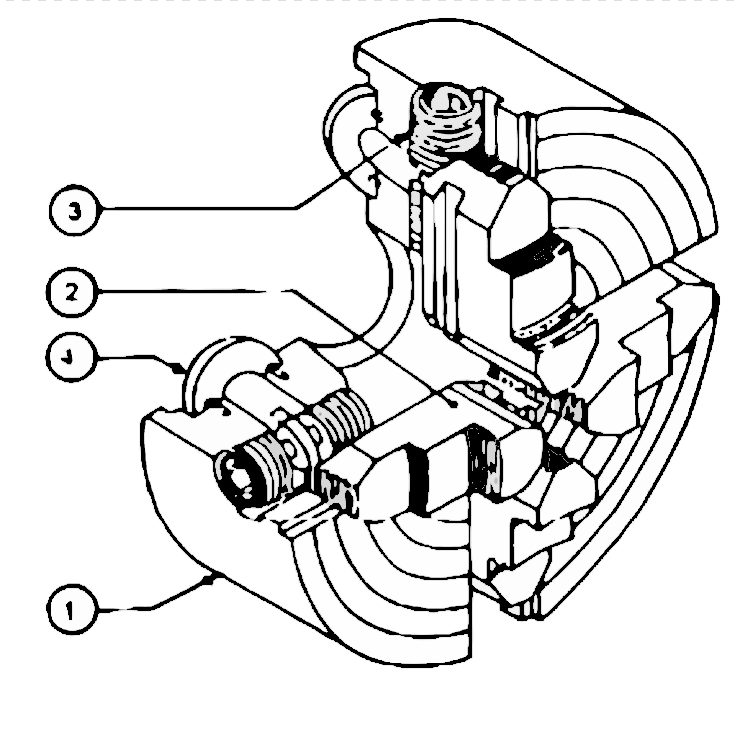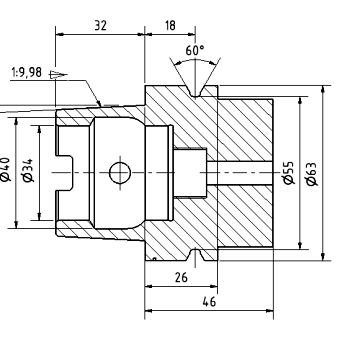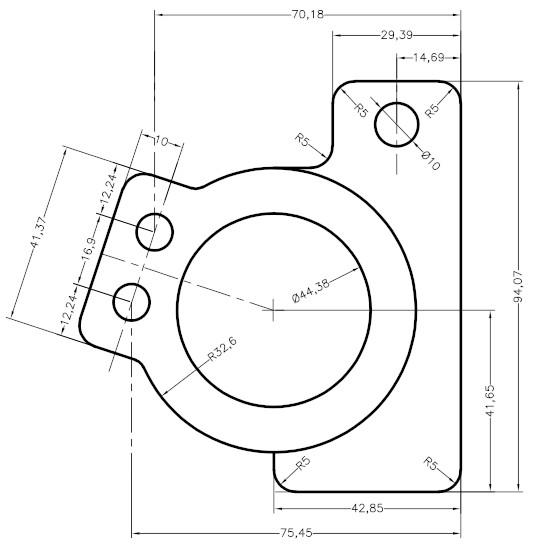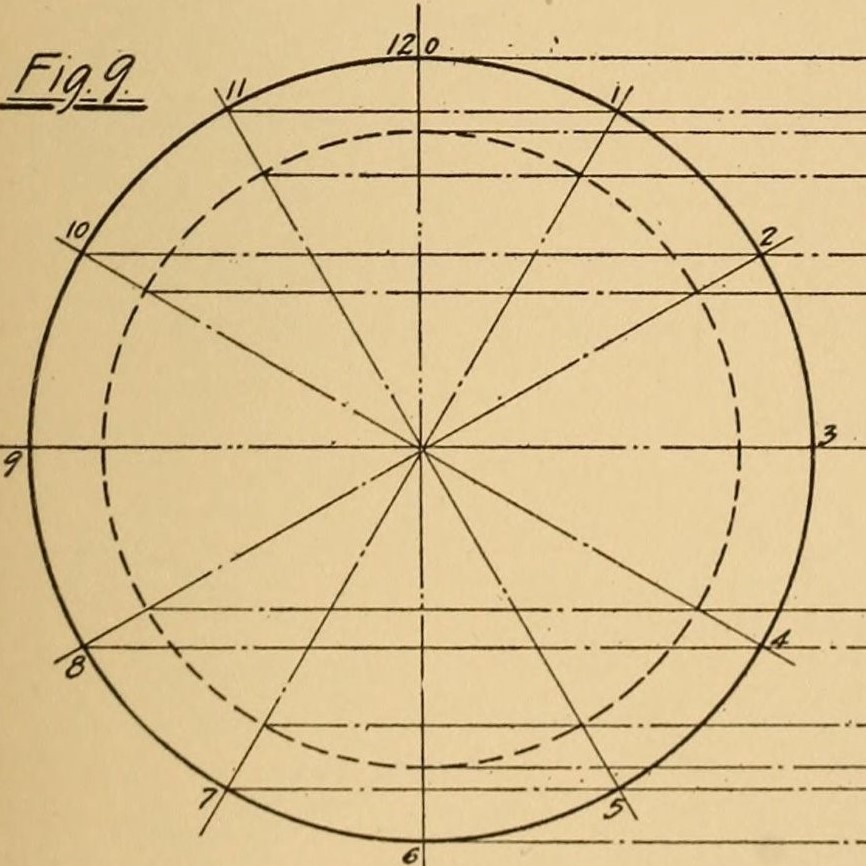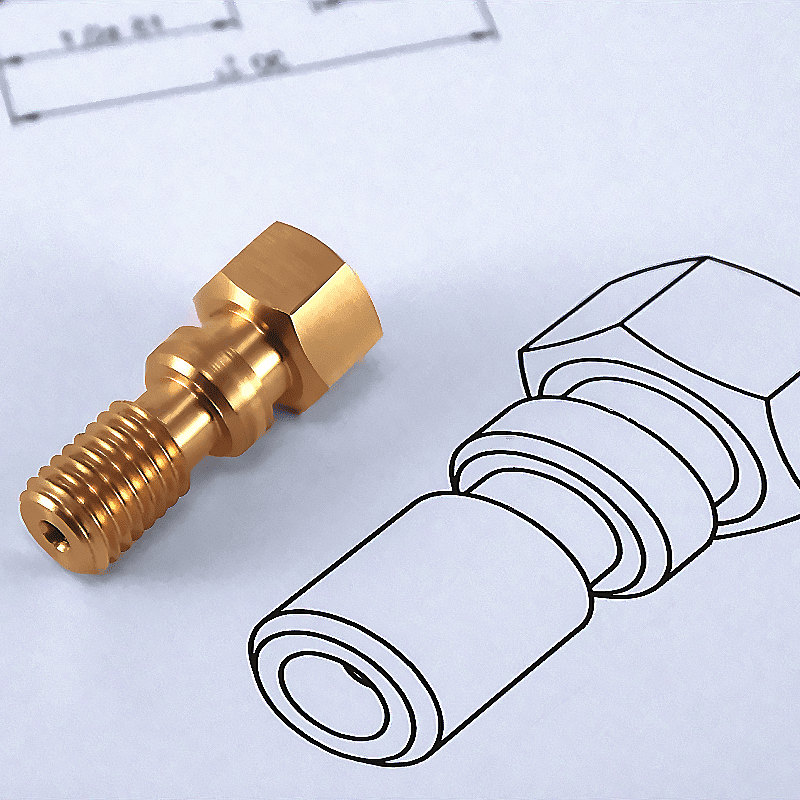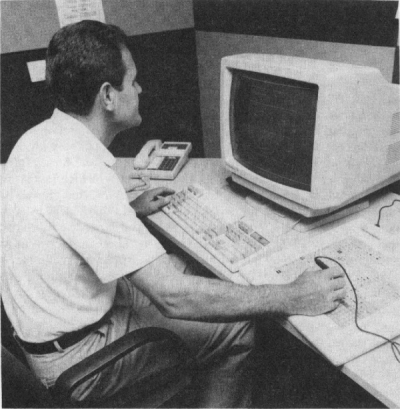Who was Leonardo da Vinci?
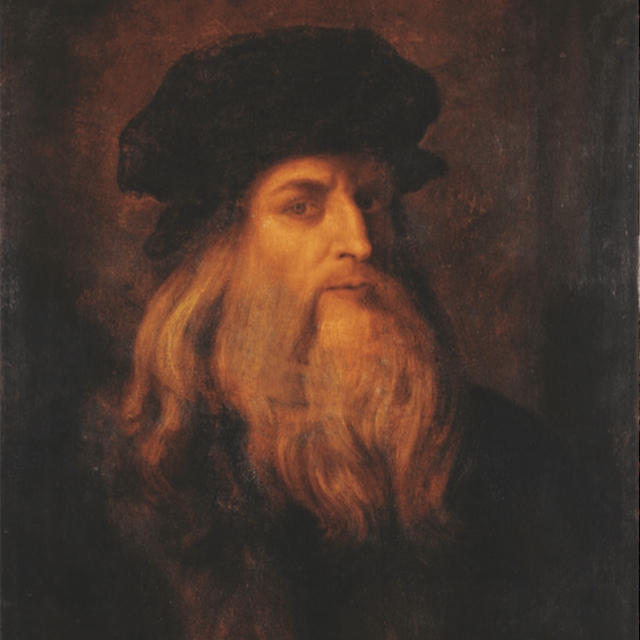
Table of contents
Leonardo da Vinci is one of the most fascinating figures in human history. His name has become synonymous with genius, innovation, and a relentless drive to unlock the world’s mysteries. In the late 15th and early 16th centuries, Leonardo was not only a painter but also a sculptor, architect, engineer, anatomist, mathematician, and inventor. His versatility and ability to combine art and science epitomize the ideals of Renaissance humanism.
In an era of new technologies and ideas, Leonardo took every opportunity to further his knowledge of nature and man. He studied anatomy, drew detailed sketches of the human body, experimented with optics and mechanics, and designed machines hundreds of years ahead. His notes were full of illustrations, equations, and descriptions of physical processes, testifying to his extraordinary scientific inquisitiveness and intuition.
He was an artist who combined technical precision with emotional expression. His paintings, such as the Mona Lisa and The Last Supper, are stunning for their mastery of composition, chiaroscuro, and ability to convey the emotions and character of the figures. At the same time, they were evidence of his keen observation of the natural world and his ability to transfer those observations to canvas.
Childhood and Youth
Leonardo da Vinci was born on April 15, 1452, in Anchiano, a small village near Vinci in Tuscany. He was the illegitimate son of Pier da Vinci, a wealthy notary, and Caterina, a peasant woman from the lower social strata. Although his parents were not married, this did not prevent Leonardo from receiving the support and education his father made possible.
He grew up in his grandfather’s house, where, from an early age, he was surrounded by the world of nature and simple crafts. As a child, he showed an extraordinary curiosity about the world, fascinated by plants, animals, and natural phenomena. Legend has it that his first inspiration for observing flight was a toy in the form of a bat’s wing, which was thought to spark his interest in aerodynamics.
At 14, Leonardo began studying at Andreas del Verrocchio’s workshop in Florence. Verrocchio was one of the most prominent artists of the time, and his studio was where young students received a well-rounded education. Leonardo learned drawing, painting, sculpture, chemistry, mechanics, metal science, and woodworking. He showed a special interest in studying light and shadow and the sfumato technique, which he later developed in his masterpieces.
Leonardo created his first works in Verrocchio’s workshop. He collaborated with his master on the painting of the Baptism of Christ, where he painted an angel whose quality surpassed the rest of the composition. According to legend, seeing his students’ outstanding talent, Verrocchio decided never to reach for a brush again.
After leaving school, Leonardo was given several commissions, including designing theatrical decorations and engineering structures for plays. His talent for observing nature and his ability to transfer its details to canvas quickly won him the respect of wealthy patrons such as the Medici family. Leonardo also worked on architectural projects and designed innovative buildings and hydraulic systems.
The young Leonardo quickly gained a reputation as a talented artist. His ability to observe the natural world and translate it onto canvas attracted the attention of wealthy patrons. As a result, he gained recognition as an artist and inventor early in his career, paving the way for further advancement in Milan, Florence, and Rome.
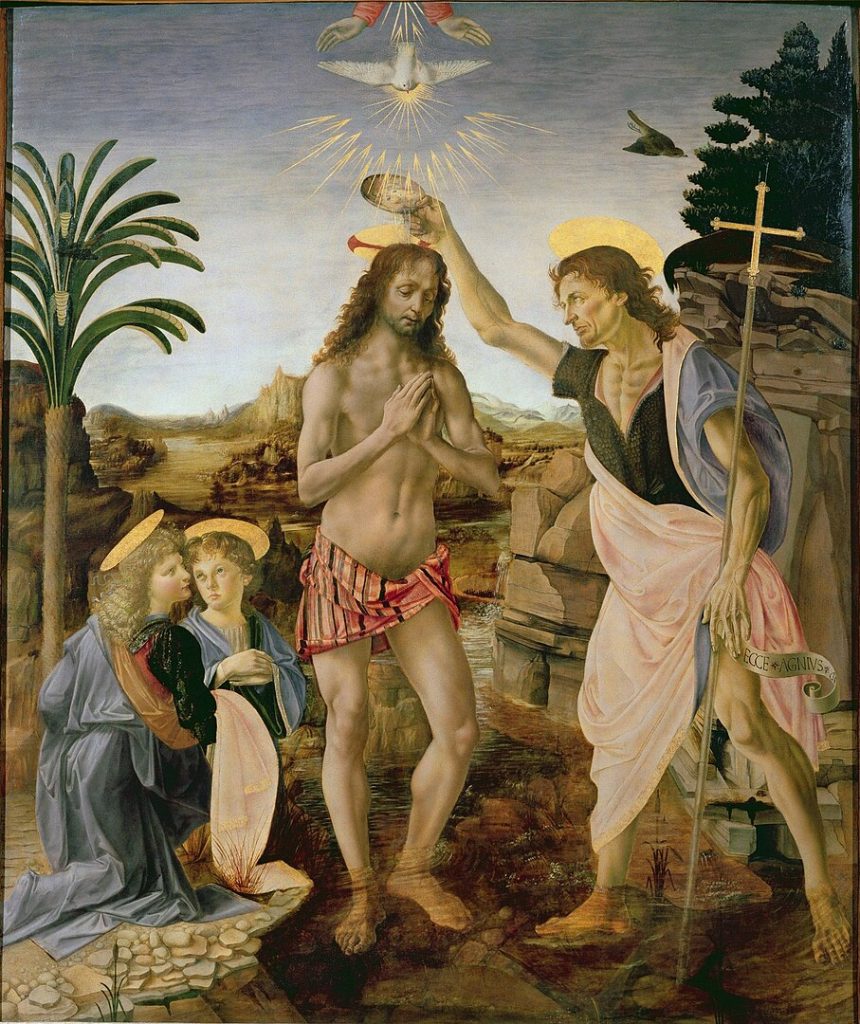
Artistic Creativity
Leonardo da Vinci gained international fame for his extraordinary paintings, which remain icons of world art today. His most important paintings, such as the Mona Lisa, The Last Supper, and The Lady with an Ermine, are distinguished by their precision of detail, excellent use of chiaroscuro (sfumato), and the emotional depth of the figures depicted.
One of his most outstanding artistic achievements is The Last Supper, a fresco painted in Milan’s Santa Maria delle Grazie monastery. This work impresses with its dramatic scene, masterful composition, and ability to capture the emotions of each character. Despite the fresco’s durability problems, Leonardo used innovative techniques, making it one of the most analyzed works of art.
The Mona Lisa, also called La Gioconda, is the most famous painting in the world. The model’s mysterious smile, subtle tonal transitions, and masterful perspective rendering continue to fascinate art historians and painting enthusiasts alike.
Leonardo also experimented with various artistic techniques, including anatomy, to better understand the structure of the human body. His anatomical sketches and studies of proportions, such as the famous Vitruvian Man, show precision and a scientific approach to art. As a result, Leonardo created works of unparalleled aesthetic quality and inspired future generations of artists and scientists.

Inventions and Technical Projects
Leonardo da Vinci was a pioneer in engineering and invention. His notes included designs for flying machines, tanks, cranes, hydraulic devices, and military mechanisms. His interest in mechanics and nature led him to create innovative designs, such as wings modeled on bird anatomy and canal systems for irrigating fields.
His notebooks also contained plans for bridges, turnstiles, and water-powered devices. Although impossible at the time, some of these ideas inspired later inventors. Leonardo also researched optics, acoustics, and aerodynamics, documenting his observations in drawings and descriptions.
One of his most famous projects was a flying machine based on the design of a bat’s wings. Although it was never built, it represented a milestone in the development of aviation. Leonardo also constructed various mechanical cranes and agricultural implements, demonstrating his practical engineering approach.
In addition to flying machines and military equipment, Leonardo also designed automatons – mechanical devices that were meant to surprise with their operation. One of these was a mechanical lion that could move its paws and open its mouth. Such designs demonstrated his advanced knowledge of mechanics and kinematics.
Leonardo also created concepts for water machines, such as pumps and turbines, to increase farm productivity. His hydraulic designs, including irrigation systems and water-lifting devices, were of particular note. With these inventions, da Vinci contributed to developing irrigation technology and water management.
His designs for bridges – including the famous rotating bridge, which could be easily dismantled and moved to another location – should not be overlooked. Such innovations had both military and civilian engineering applications. Leonardo also dreamed of building an excellent bridge to connect the two banks of the Bosphorus in Constantinople. This project was unfortunately not realized.
Da Vinci also researched the principles of gears, gears, and differentials, which formed the basis for later inventions in precision mechanics. His projects also included material testing devices, such as tensile force measuring machines, which demonstrated his practical approach to testing the strength of structures.
The English documentary Decoding da Vinci examines. With Leonardo da Vinci’s technical drawings and innovations, the English documentary Decoding da Vinci is an excellent summary of his life and work. The entire documentary can be viewed below.
Scientific Interests
Leonardo da Vinci conducted in-depth scientific research in anatomy, geology, botany, hydrodynamics, optics, and mechanics. His anatomical study was groundbreaking; he performed autopsies, analyzing the structure of the human and animal body, which he documented in the form of detailed sketches. He created drawings of the muscular, skeletal, and nervous systems, which to this day impress with their precision and scientific accuracy.
Leonardo spent many years studying the ins and outs of human anatomy, which allowed him to create some of the earliest scientific medical illustrations. His notes included detailed descriptions of the heart, brain, internal organs, and circulatory system. He identified the function of the heart’s valves and studied the way blood circulates, putting him centuries ahead of his time.
In botany, Leonardo documented the structure of plants, analyzing their leaves, stems, and root systems. He also studied photosynthesis and plant growth to understand their adaptive mechanisms. His research contributed to later discoveries in biology and agronomy.
Hydrodynamics was another area that fascinated Leonardo. He analyzed the movement of water and studied waves, eddies, and erosion forces. He designed irrigation systems and water flow control devices, including pumps and sluices. His research had a significant impact on the development of water engineering.
Leonardo also conducted experiments in optics, studying the nature of light and shadow. He analyzed reflection, refraction, and the action of lenses. His observations were the basis for later discoveries in optics, including developing telescopes and microscopes. Meanwhile, he studied mechanics’ principles of gears, levers, and blocks. He created models of machines that could serve both industrial and military purposes. His studies of motion and equilibrium formed the foundation of modern mechanical physics.
With his exact observations and scientific inquisitiveness, Leonardo da Vinci built a bridge between art and science, proving that knowledge of nature could be both a source of inspiration and a tool for understanding the world.
Philosophy and Humanistic Thinking
Leonardo da Vinci was an artist, inventor, and philosopher who constantly sought to understand nature and man’s place in the world. His humanistic thinking reflected the ideals of the Renaissance, an era in which man and his cognitive abilities were the center of attention.
One key aspect of Leonardo’s philosophy was the belief that nature operates according to universal laws that can be discovered through observation and experimentation. He staunchly supported empiricism, believing knowledge should be based on experience rather than theories. His notes are full of observations about natural phenomena, such as the movement of water, the structure of leaves, and the dynamics of light.
Leonardo understood that art and science are inextricably linked. When creating artistic works, he drew inspiration from scientific research, and aesthetics and attention characterized his technical drawings to detail. He believed that a harmonious combination of the two fields could lead to a deeper understanding of the world.
His approach to man as a microcosm – a reflection of the universe – found expression in the famous Vitruvian Man. This drawing symbolizes the harmony of the proportions of the human body and the order of nature, demonstrating that man is the measure of all things.
Leonardo also drew inspiration from ancient philosophy, including the works of Plato and Aristotle, which he studied while living in Florence. He was also interested in Neoplatonism, whose adherents believed in the existence of a spiritual unity of the world.
His notes show that he considered questions related to the movement of the planets, the formation of mountains and rivers, and the life cycles of organisms. He pioneered an integrated approach to knowledge, recognizing the connections between different fields of science.
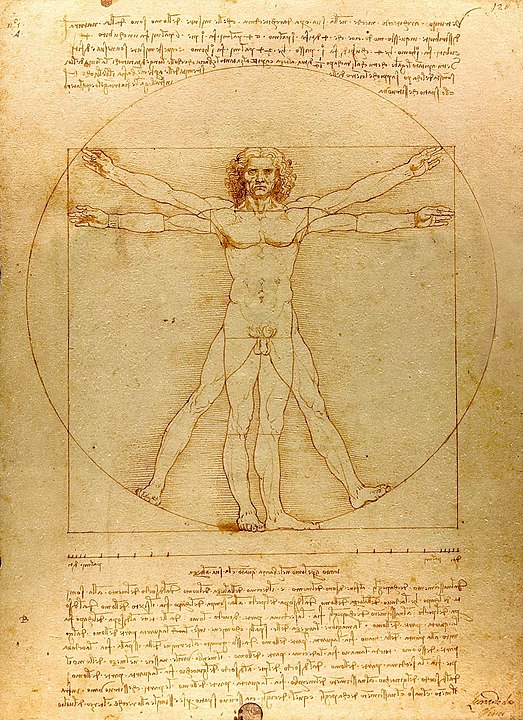
Travel
Leonardo da Vinci spent much of his life traveling and working in the courts of the most powerful rulers of his time. In 1482, he moved to Milan, where he served at the court of Ludovico Sforza, known as Il Moro. In Milan, Leonardo created works of art, such as The Last Supper, and designed fortifications, war machines, and organized spectacles. His versatility made him a trusted advisor to the duke, working both as an artist and military engineer. He designed city defense systems and siege machines ahead of their time.
In 1499, after the fall of Ludovico Sforza, Leonardo returned to Florence, where he continued his artistic and scientific activities. During this time, he painted the Mona Lisa, one of the most famous works in art history. In addition to painting, Leonardo became involved in designing sewerage and urban planning systems, providing innovative engineering solutions for the city. His work on architectural designs and his research on anatomy brought him fame and recognition among his contemporaries.
From 1506 to 1513, he was again in Milan, working for the French, who had taken control of the city. He was a court painter and continued his scientific research and technical experiments. During this period, he created many sketches of machines and projects related to hydraulic engineering and mechanics. His work on anatomy reached a new level of precision, and his drawings became the basis for future mentors and scientists.
He then moved to Rome, where he studied ancient ruins and worked on architectural projects. He collaborated with Pope Leo X, for whom he designed fortification systems and devices for spectacular papal court shows. Despite the tense political atmosphere and rivalry with other artists, Leonardo constantly developed his scientific interests, researching anatomy and mechanics.
In 1516, Leonardo accepted King Francis I of France’s invitation and settled at his court at the Château de Clos Lucé. He spent the last years of his life continuing scientific research and designing new inventions there. King Francis I and highly esteemed Leonardo treated him as a close advisor and mentor. Leonardo worked on urban and hydraulic plans and designs for monumental sculptures, among other things.
He died on May 2, 1519, leaving behind an immortal legacy. His legacy includes artistic work and innovative inventions that changed the world of science and technology forever.
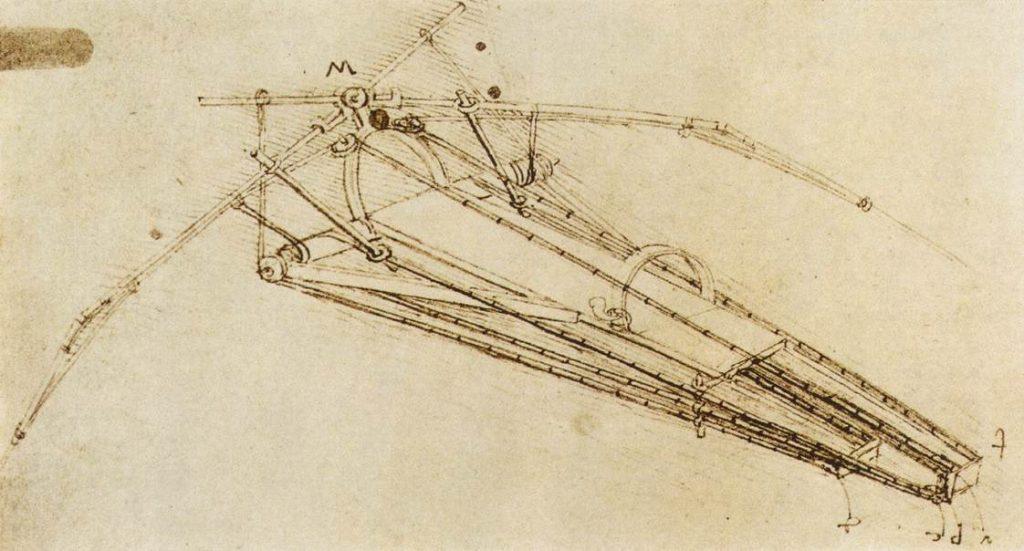
Who was Leonardo da Vinci? – Summary
Leonardo da Vinci left a legacy dramatically impacting art, science, and culture. His works, such as the Mona Lisa and The Last Supper, are considered among the most important in art history and form the foundation of European cultural heritage.
His scientific and technical research has inspired future generations of inventors and scientists. Leonardo’s anatomical sketches contributed to the development of medicine, and his machine designs influenced the development of engineering and mechanics. His experiments with optics and light became the basis for later discoveries in physics.
In popular culture, Leonardo is a symbol of versatility and genius. His figure appears in literature, films, and art, inspiring artists and thinkers worldwide. Leonardo’s legacy reminds us that the boundaries between science and art can be fluid and that creativity and inquisitiveness are the keys to the development of civilization.
Leonardo da Vinci remains one of human history’s most influential and versatile minds. His artistic, scientific, and technological achievements transcended his era, inspiring future generations. Combining his passion for art with scientific inquisitiveness, da Vinci proved that creativity and knowledge could coexist, leading to extraordinary discoveries and works. His life and works remain a symbol of the human quest to understand the world and seek beauty in all its forms.
